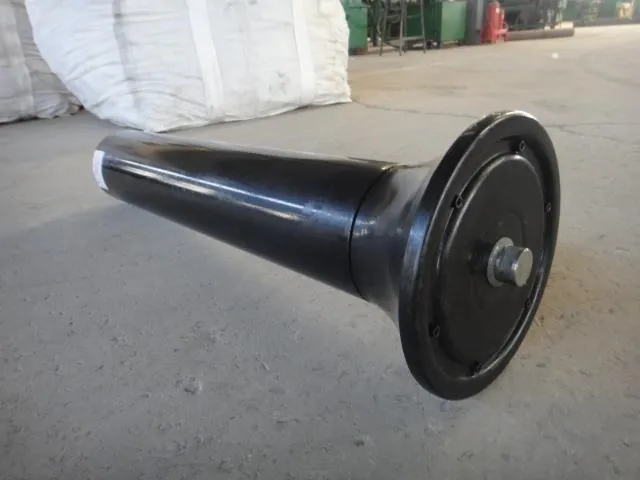 Afrikaans
Afrikaans  Albanian
Albanian  Amharic
Amharic  Arabic
Arabic  Armenian
Armenian  Azerbaijani
Azerbaijani  Basque
Basque  Belarusian
Belarusian  Bengali
Bengali  Bosnian
Bosnian  Bulgarian
Bulgarian  Catalan
Catalan  Cebuano
Cebuano  Corsican
Corsican  Croatian
Croatian  Czech
Czech  Danish
Danish  Dutch
Dutch  English
English  Esperanto
Esperanto  Estonian
Estonian  Finnish
Finnish  French
French  Frisian
Frisian  Galician
Galician  Georgian
Georgian  German
German  Greek
Greek  Gujarati
Gujarati  Haitian Creole
Haitian Creole  hausa
hausa  hawaiian
hawaiian  Hebrew
Hebrew  Hindi
Hindi  Miao
Miao  Hungarian
Hungarian  Icelandic
Icelandic  igbo
igbo  Indonesian
Indonesian  irish
irish  Italian
Italian  Japanese
Japanese  Javanese
Javanese  Kannada
Kannada  kazakh
kazakh  Khmer
Khmer  Rwandese
Rwandese  Korean
Korean  Kurdish
Kurdish  Kyrgyz
Kyrgyz  Lao
Lao  Latin
Latin  Latvian
Latvian  Lithuanian
Lithuanian  Luxembourgish
Luxembourgish  Macedonian
Macedonian  Malgashi
Malgashi  Malay
Malay  Malayalam
Malayalam  Maltese
Maltese  Maori
Maori  Marathi
Marathi  Mongolian
Mongolian  Myanmar
Myanmar  Nepali
Nepali  Norwegian
Norwegian  Norwegian
Norwegian  Occitan
Occitan  Pashto
Pashto  Persian
Persian  Polish
Polish  Portuguese
Portuguese  Punjabi
Punjabi  Romanian
Romanian  Russian
Russian  Samoan
Samoan  Scottish Gaelic
Scottish Gaelic  Serbian
Serbian  Sesotho
Sesotho  Shona
Shona  Sindhi
Sindhi  Sinhala
Sinhala  Slovak
Slovak  Slovenian
Slovenian  Somali
Somali  Spanish
Spanish  Sundanese
Sundanese  Swahili
Swahili  Swedish
Swedish  Tagalog
Tagalog  Tajik
Tajik  Tamil
Tamil  Tatar
Tatar  Telugu
Telugu  Thai
Thai  Turkish
Turkish  Turkmen
Turkmen  Ukrainian
Ukrainian  Urdu
Urdu  Uighur
Uighur  Uzbek
Uzbek  Vietnamese
Vietnamese  Welsh
Welsh  Bantu
Bantu  Yiddish
Yiddish  Yoruba
Yoruba  Zulu
Zulu Optimizing Conveyor Tail Drum Design for Enhanced Efficiency and Performance
Understanding Conveyor Tail Drums Function and Importance in Material Handling
Conveyor systems are integral components in various industries, ranging from manufacturing to mining. Among the various parts that make up these systems, the conveyor tail drum plays a crucial role. This component is often overlooked but is essential for the overall functionality and efficiency of conveyor belts. In this article, we will explore what a conveyor tail drum is, its functions, and its importance in material handling.
What is a Conveyor Tail Drum?
The conveyor tail drum, also known as the tail pulley, is located at the end of a conveyor system. It serves as a vital point for tensioning the conveyor belt and guiding it back to the loading area. The tail drum facilitates the continuous movement of the belt, allowing materials to be transported smoothly across the system. Typically constructed from robust materials such as steel or other durable composites, the tail drum must withstand significant stresses and strains, especially in heavy-duty applications.
Functions of the Conveyor Tail Drum
1. Belt Tensioning One of the primary functions of the conveyor tail drum is to maintain the proper tension of the conveyor belt. A correctly tensioned belt ensures smooth operation and prevents slippage, which could lead to inefficiencies or even damage to the system.
2. Guiding the Belt The tail drum helps guide the conveyor belt back to the loading section after materials have been discharged. This function is crucial in maintaining the alignment and direction of the belt, ensuring that the materials are consistently transported without interruption.
3. Supporting the Conveyor System The tail drum provides structural support to the conveyor system at its end section. It bears the weight of the belt and any materials it carries, distributing the load evenly across the structure.
4. Facilitating Belt Return As the conveyor belt moves, the tail drum acts as a central point where the belt returns to its original position after the materials have been unloaded. This return path is critical for maintaining efficient operation and reducing wear and tear on the belt.
conveyor tail drum

Importance of Conveyor Tail Drums in Material Handling
The importance of conveyor tail drums extends beyond mere mechanical functions. Their presence enhances the overall efficiency of the material handling process. Here are several reasons why tail drums are indispensable
1. Operational Efficiency By ensuring proper tension and alignment of the conveyor belt, tail drums reduce the likelihood of mechanical failures or inefficiencies. This leads to lower maintenance costs and increased productivity.
2. Reduced Wear and Tear Properly functioning tail drums extend the life of the conveyor belt. By preventing excessive tension or misalignment, the tail drum minimizes the wear on the belt, reducing the frequency of replacements.
3. Safety A well-maintained tail drum contributes to a safer working environment. By preventing belt slippage or misalignment, tail drums help avoid accidents that could occur due to unexpected equipment failures.
4. Adaptability Conveyor systems are often used in diverse environments and applications. Tail drums can be designed and modified to suit various materials and operational demands, making them versatile components in any material handling system.
5. Cost-Effectiveness Investing in high-quality conveyor tail drums can lead to significant long-term savings. By enhancing the lifespan of the conveyor belt and reducing repair costs, they contribute to the overall financial efficiency of material handling operations.
Conclusion
In summary, the conveyor tail drum is a critical component of any conveyor system, serving multiple essential functions that contribute to the smooth and efficient handling of materials. Its role in maintaining belt tension, guiding the belt, providing structural support, and facilitating smooth operation cannot be understated. For industries reliant on conveyor systems, investing in reliable tail drums is essential to ensure operational efficiency, reduce downtime, and promote safety. As the backbone of material handling systems, conveyor tail drums deserve a closer look and greater appreciation in their contribution to industry productivity.
-
Trusted Conveyor Solutions from Leading Conveyor Idler Roller ManufacturersNewsJun.27,2025
-
Reliable Return Idler Solutions for Efficient Belt Conveyor SystemsNewsJun.27,2025
-
Precision Conveyor Accessories for Streamlined Material HandlingNewsJun.27,2025
-
High-Quality Belt Conveyor Idler Solutions for Efficient Material HandlingNewsJun.27,2025
-
High-Performance Belt Conveyor Pulleys for Reliable Material HandlingNewsJun.27,2025
-
Enhancing Material Handling EfficiencyNewsJun.27,2025





























